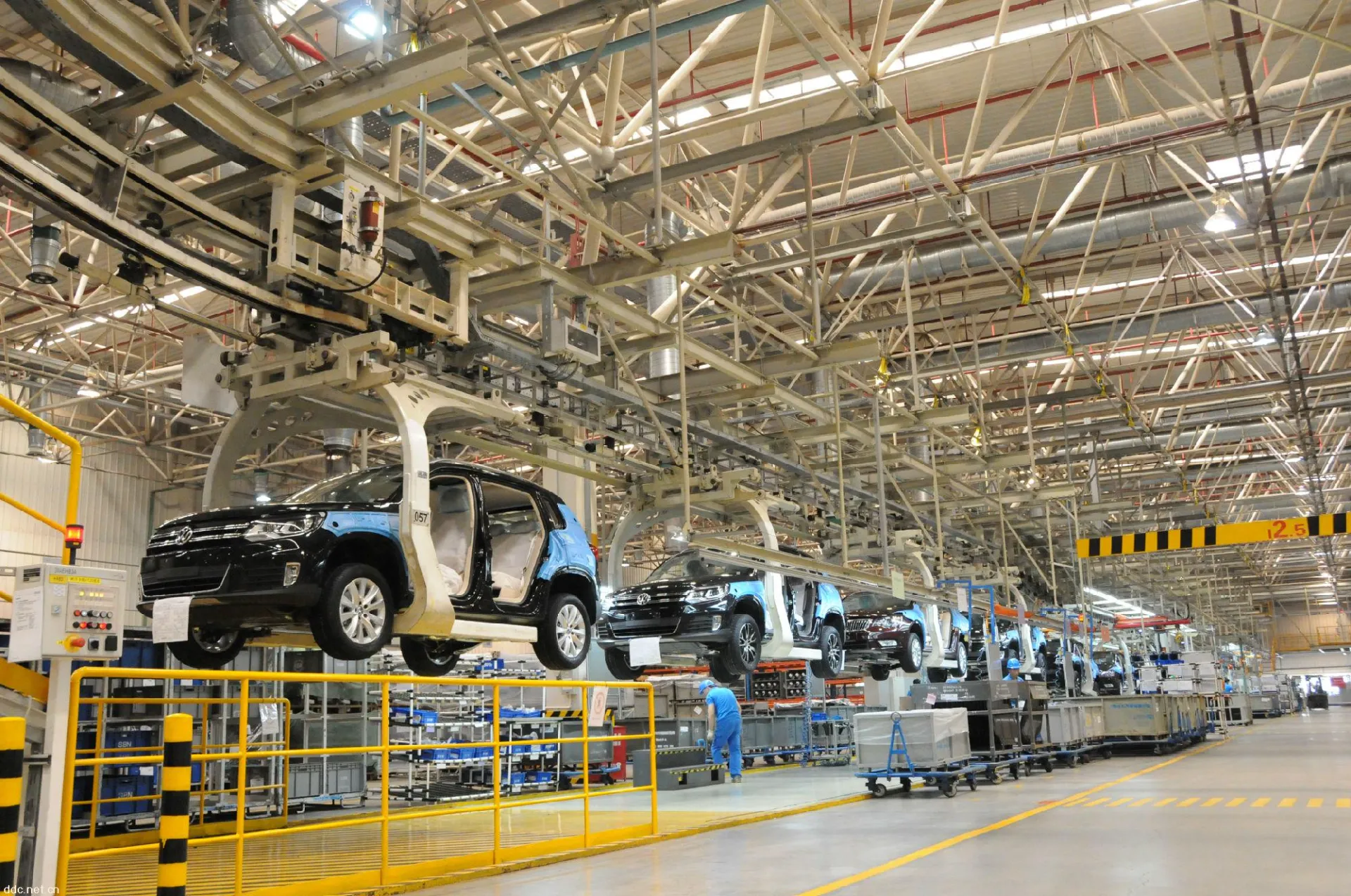Automotive Aluminum Die Casting Services Lightweight & Durable Solutions
- Industry Growth & Data Insights
- Technical Superiority of Modern Die Casting
- Performance Comparison: Leading Manufacturers
- Tailored Solutions for Vehicle Components
- Material Innovation in Automotive Casting
- Real-World Applications & Case Studies
- Sustainable Future of Automotive Aluminum Die Casting

(automotive aluminum die casting)
Driving Progress Through Automotive Aluminum Die Casting
The global automotive aluminum die casting
market is projected to reach $38.7 billion by 2029 (Grand View Research, 2023), fueled by stringent emission regulations requiring 18-25% weight reduction in modern vehicles. This manufacturing method now accounts for 62% of structural components in electric vehicles, with leading OEMs achieving 30% faster production cycles compared to steel alternatives.
Precision Engineering Meets Material Science
Advanced vacuum-assisted die casting achieves tolerances of ±0.2mm, enabling complex geometries unattainable through traditional machining. Proprietary AlSi10Mg alloys demonstrate:
- 320 MPa ultimate tensile strength
- 15% improved thermal conductivity
- 40% reduction in porosity defects
Manufacturer Capability Analysis
| Vendor | Clamping Force (ton) | Cycle Time | IATF Certification |
|---|---|---|---|
| Supplier A | 4,200 | 90s | Yes |
| Supplier B | 3,500 | 110s | No |
| Supplier C | 5,000 | 85s | Yes |
Customized Production Strategies
Modular die systems enable rapid configuration changes, reducing tooling lead times from 14 weeks to 22 days. Tier 1 suppliers have successfully implemented:
- Multi-slide casting for door frames
- Hybrid casting-forging battery trays
- Thin-wall (1.8mm) structural components
Breakthroughs in Aluminum Alloys
New high-ductility variants withstand 12% elongation without cracking, crucial for crash safety components. Surface treatment advancements provide:
- 500-hour salt spray resistance
- 0.08μm average surface roughness
- Laser-etching compatibility
Implementation in Next-Gen Vehicles
A recent OEM project achieved 23kg weight savings per vehicle through optimized die-cast subframes, while maintaining NHTSA 5-star safety ratings. Production data shows:
- 97.3% first-pass yield rate
- 0.7% scrap rate
- 18-month ROI on tooling investments
Automotive Aluminum Die Casting: Shaping Mobility's Future
With 78% of automakers committing to full-electric platforms by 2035, die casting solutions are evolving to meet thermal management demands for 800V battery systems. Emerging technologies like:
- AI-powered porosity detection
- Recycled aluminum feedstock systems
- In-line X-ray quality verification
are setting new benchmarks for sustainable, high-performance automotive manufacturing.

(automotive aluminum die casting)
FAQS on automotive aluminum die casting
Q: What are the benefits of automotive aluminum die casting?
A: Automotive aluminum die casting offers lightweight, high-strength components, improving fuel efficiency and reducing emissions. It also enables complex geometries and cost-effective mass production compared to traditional manufacturing methods.
Q: Which automotive parts are commonly made using die casting?
A: Common parts include engine blocks, transmission housings, structural components, and electric vehicle (EV) battery enclosures. These parts benefit from aluminum's durability and thermal conductivity.
Q: How does die casting support sustainability in the automotive industry?
A: Aluminum is recyclable, reducing waste and carbon footprint. Lightweight die-cast parts also lower energy consumption in vehicles, aligning with eco-friendly manufacturing goals.
Q: What quality standards apply to automotive die casting processes?
A: Standards like IATF 16949 and ISO 9001 ensure consistency and reliability. Advanced techniques like X-ray inspection and real-time monitoring further guarantee defect-free components.
Q: Why is aluminum preferred over steel in modern automotive die casting?
A: Aluminum provides a superior strength-to-weight ratio, corrosion resistance, and faster production cycles. Its use supports automakers in meeting strict emissions regulations without compromising safety.
-
OEM Sand Cast Pump Valve Fittings - Baoding Hairun Machinery | Precision Engineering, CustomizationNewsJul.22,2025
-
OEM Sand Cast Pump Valve Fittings-Baoding Hairun Machinery|Precision Engineering,Industrial ApplicationsNewsJul.21,2025
-
OEM Sand Cast Pump Valve Fittings-Precision Engineering|Green Sand Casting&Industrial ApplicationsNewsJul.21,2025
-
OEM Sand Cast Pump Valve Fittings-Precision Engineering|Green Sand Casting&Industrial ApplicationsNewsJul.21,2025
-
OEM Sand Cast Pump Valve Fittings-Precision Engineering|Green Sand Casting&Industrial ApplicationsNewsJul.21,2025
-
OEM Sand Cast Pump Valve Fittings | Baoding Hairun Machinery And Equipment Trading Co., Ltd.NewsJul.21,2025















